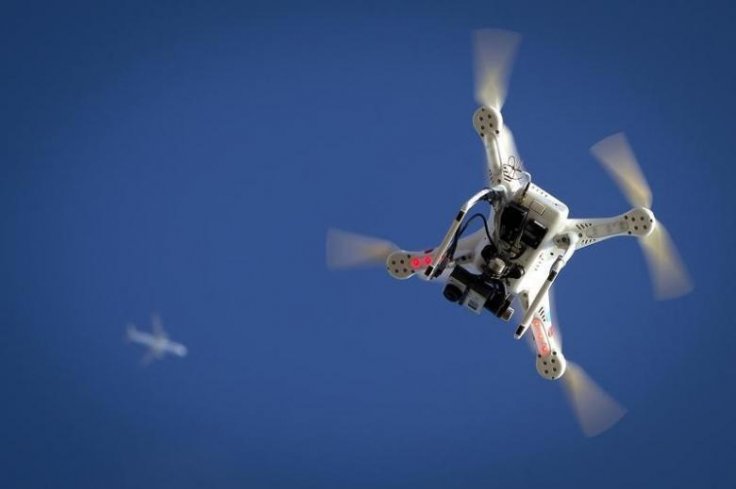
The Pentagon has come up with new laser-powered drones inspired by the flight technique of bats and insects. The Department of Defense recently revealed its DESI pilot program, which focuses on autonomous craft that can operate on its own, without any intervention from a human pilot.
The Defense Enterprise Science Initiative program is planning to device new paradigms for an independent flying program, flight control and decision making. The competition this year focuses on sensing, mobility and autonomy. The research includes power beaming for wireless power transmission, soft active composites and metamaterial antennas.
Defense One states that the bat-like-drones are being created in order to improve the efficiency of flight programs. The announcement further states that the biological study of agile organisms such as bats and other flying insects can help in improving the flight kinetics. Development in sensors, optimization, and miniaturization of processors and an advanced flight control provides real-time autonomy to a robotic system.
"As a result of these advances, there exists a possibility of creating autonomous unmanned aerial vehicles (UAVs) that have significant improvements in maneuverability, survivability and stealth over traditional quadcopter or fixed-wing designs," the announcement states, as covered by Mail Online.

The primary goal to create an independent flying drone or copter is to effectively navigate a battlefield with little or no interruption from the pilot.
The program is similar to DARPA's robotic swarms that can assist troops from the grounds and skies. Offensive Swarm-Enabled Tactics (OFFSET) program, Pentagon's research branch is finding new systems for developing a 'human swarm teaming'. Raytheon and Northrop Grumman have been given the responsibility to design, develop, and deploy the technology. They are planning to create 250 robots.
The system includes a game-based architecture where swarms can be designed, reports DARPA. Participants are called 'sprinters' and its test systems include swarm autonomy, human-swarm teaming, virtual environment, and physical test bed. The experiment looks forward to develop the unmanned aircraft system further so that it can be applied in an urban environment.
'The swarm sprints are empirical experiments designed to accelerate our understanding of what swarms can do in urban environments,' said Timothy Chung, program manager in DARPA's Tactical Technology Office.









